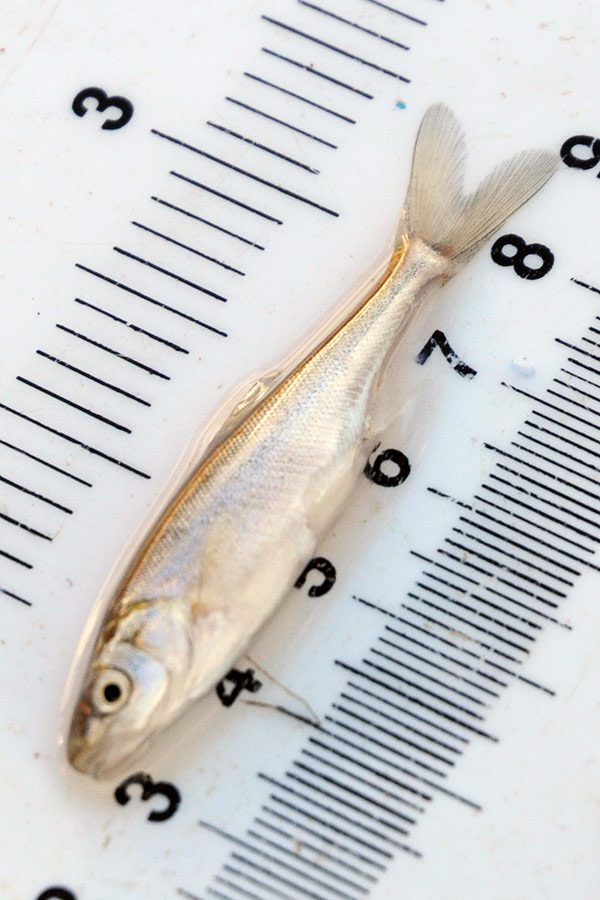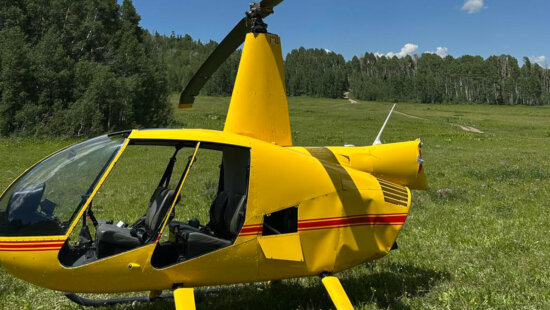News
Celebrate 50 years of conservation: 4 species protected by the Endangered Species Act

Now celebrating its 50th year, the Endangered Species Act of 1973 (ESA) has played a crucial role in safeguarding fish, wildlife, and plants in the United States. Photo: Pexels // Dustin Cox
UTAH — Celebrating its 50th year, the Endangered Species Act of 1973 (ESA) has played a crucial role in safeguarding fish, wildlife, and plants in the United States.
This landmark legislation has successfully averted the extinction of numerous endangered species while driving the recovery of many others.
According to the Utah Department of Wildlife Resources, Utah is home to 17 species on the federal endangered species list. Nine are classified as endangered, while the remaining eight are listed as threatened.
To clarify, an endangered species faces a serious risk of extinction within a specific area or across its entire natural habitat, while a threatened species is deemed likely to become endangered in the foreseeable future, encompassing a significant portion or entirety of its habitat. Adding species to the threatened and endangered species list falls within the jurisdiction of the U.S. Fish and Wildlife Service.
Currently, there are four species of fish listed under the ESA. Two programs and several partnerships are actively involved in the recovery efforts of the four native fish species. These initiatives include the Upper Colorado River Endangered Fish Recovery Program and the San Juan River Basin Recovery Implementation Program.
Razorback sucker
A unique and easily identifiable fish, known for its distinct brownish-green coloration and a prominent bony hump on its back, found in the Colorado River and its tributaries. With a remarkable growth potential of up to 3.5 feet in length and a lifespan of over 40 years, this fish has faced significant challenges due to alterations in river flows and the introduction of nonnative predator fish. As a result, the population of the razorback sucker has significantly declined, leading to its classification as an endangered species under the Endangered Species Act in 1991. However, due to conservation efforts and signs of reproduction, the razorback sucker was downlisted in 2021.
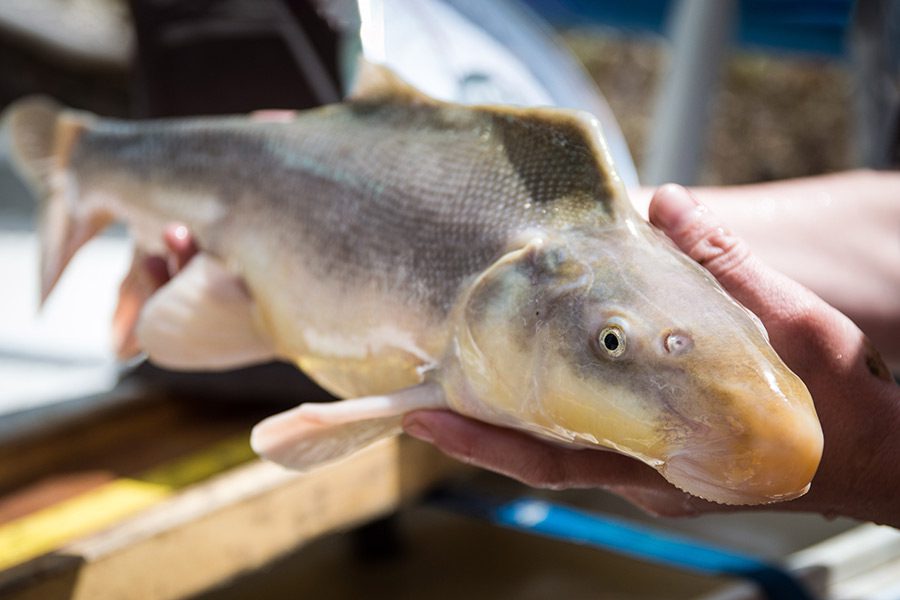
Colorado pikeminnow
Found in the Colorado River Basin; this species is the largest minnow in North America and was classified as endangered in 1967. It was granted full protection under the ESA in 1973. This fish can grow up to five feet long and weigh 80 pounds, with a lifespan of 50 years.
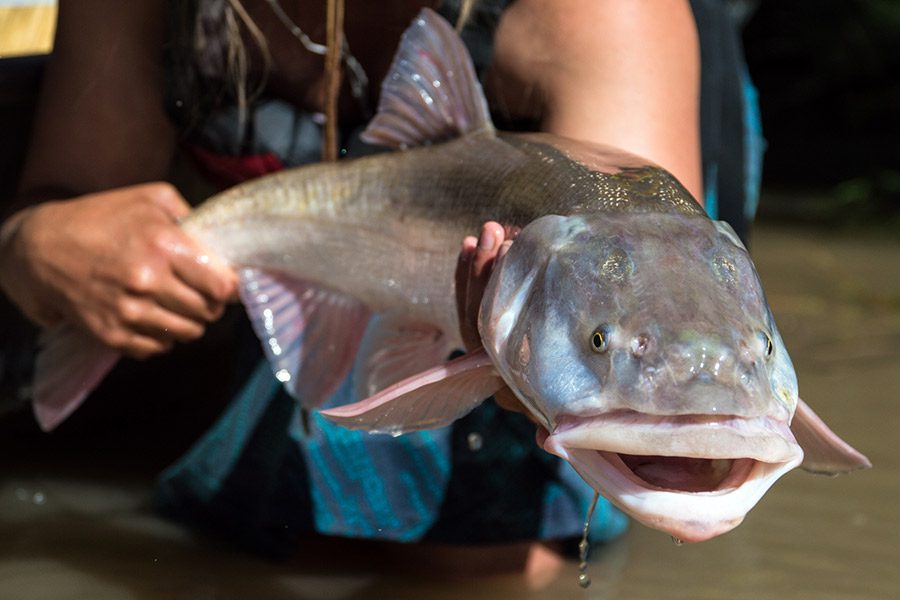
Humpback chub
Aptly named for the pronounced hump behind its head, it is a small fish that reaches a maximum size of 20 inches and weighs around 2.5 pounds. This resilient species can survive in the wild for over 30 years. However, its existence was threatened in 1973 when it was listed as endangered under the Endangered Species Act after the construction of large dams and human water use altered the river flow, profoundly affecting the population. Also, due to conservation efforts, The humpback chub was downlisted from endangered to threatened in 2021, marking a significant step toward its preservation.
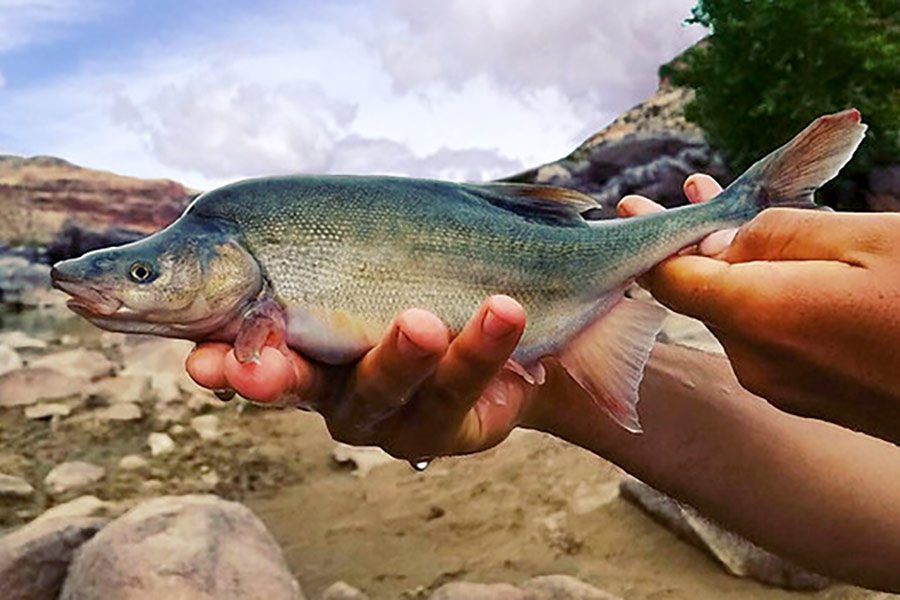
Bonytail
A native fish of the Colorado River, the bonytail is the rarest among the endangered species. With its large fins and sleek, streamlined body tapering to a pencil-thin tail, this fish can reach lengths of up to 22 inches and has been observed to live for 50 years. The bonytail was granted an endangered listing under the Endangered Species Act in 1980.
